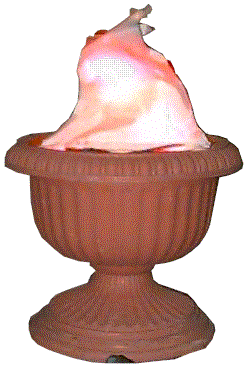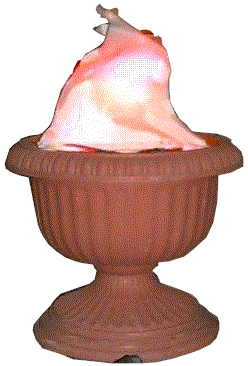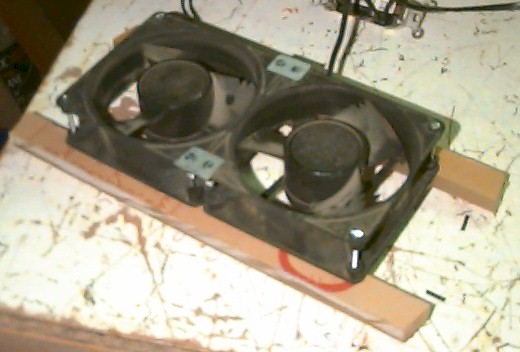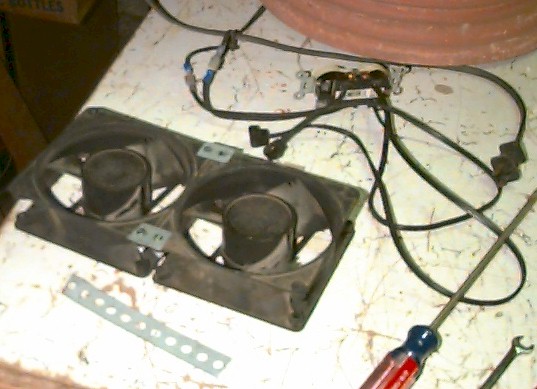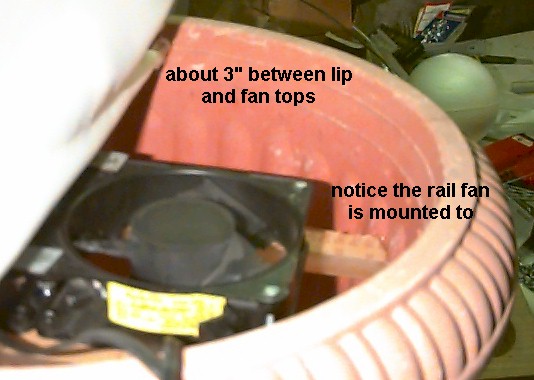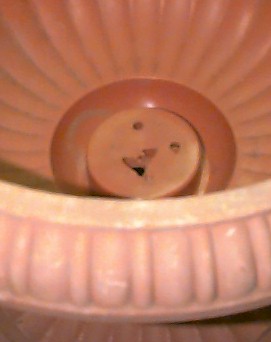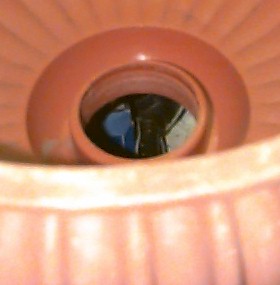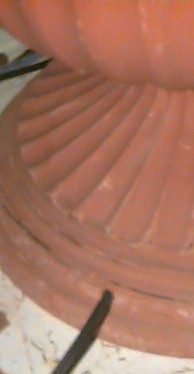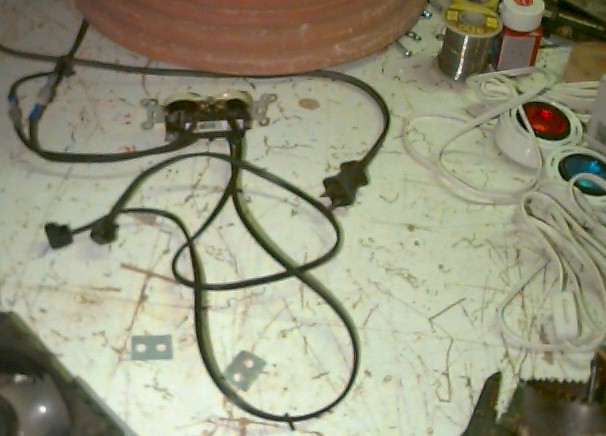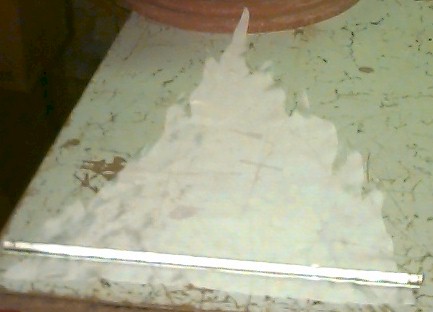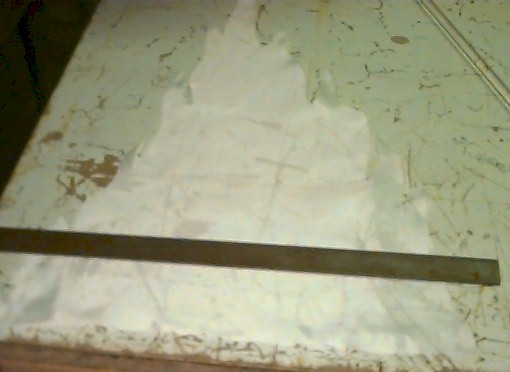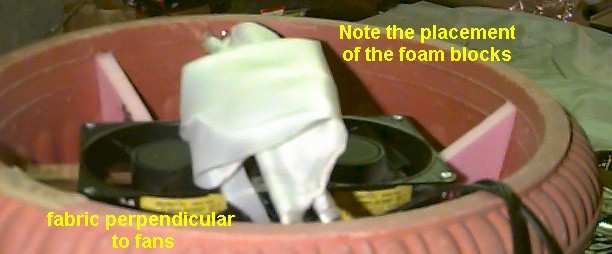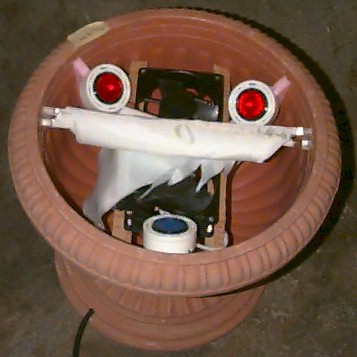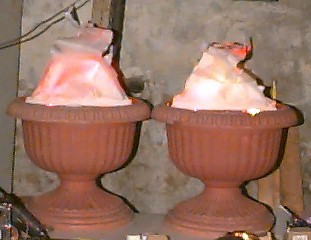
|
|
||
|
All
information presented Your
use of this information |
These
are the urns that will be used with our mausoleum. Not too different
from what folks are making, but you might appreciate a few observations
I have made during construction. These
urns were a garage sale find, all of $3 for the pair. They are
roughly 16" around by the same tall, the interior is about
14", so lots of room to work with. First things first, I
found initially that the base and bowl were two separate parts.
So I drilled through a small hole for the wires to pass through. Now I could start over more
or less. I experimented with the rail height until the fans rested
about 3" down in the bowls. At this height the material lofted
well parallel to the fans if placed just below the lip of the
bowl. |
 At this point I should mention I got some halogen pucks like you mount under kitchen cabinets from Sams Club for $11 a set. 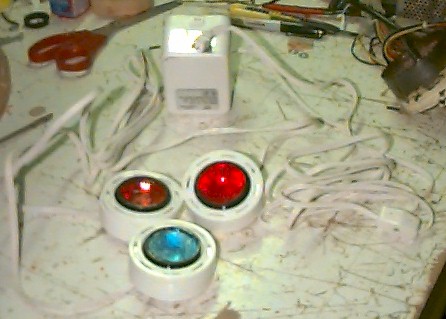 Hook up a pair of leads from the power cord to one set of contacts on the outlet, and the fan leads to the other. Then first mount one end of the outlet using 1.25" machine screw & nut then plug the ballast into the outlet and mount through the screw tab on the ballast. Then through the outlet to the base with another screw & nut. BTW for those of you using fans with 2 prong connectors, I have cords that they plug into if you want to get some - email me 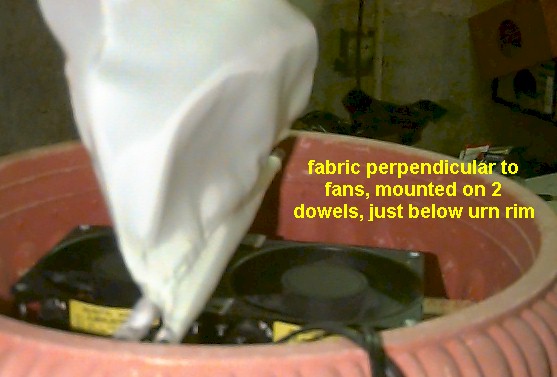 Next the wiring for the pucks is passed through the hole. At this point I fired up the fans to test the new fabric. Once I was satisfied with
the fans being level in the bowl I moved the fabric around in
relation to the fans. The best position seems to be about 2 inches
above the fans and perpendicular to the length of them. Since
I was using 2 sheets of fabric, the best effect was with the dowels
just offset into the air path from the midpoint, a 1/2" in
from center. This allowed airflow between the layers to enhance
the rippling effect. NOTE: Applying hot glue directly
to foam melts it. If you apply it to the mating surface and allow
it to cool a few seconds, the foam wont melt. NOTE: There is glass paint available at craft stores for$2 a bottle. The lenses on the pucks are glass, paint one lens blue the others red. When you like the lighting Next addition will be an improved fabric flame, and using LEDS on a 555 circuit to get a more natural flame appearance! |
| Would You like to see the Flame in action?
|
||
| You
are visitor #
to this webpage since October
7th, 2001 |
||
